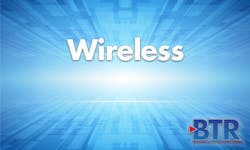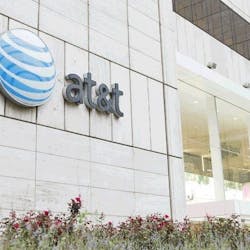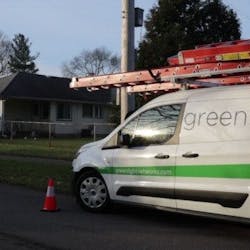With all the school closures due to the COVID-19 pandemic, the broadband connectivity gap is rearing its ugly head. Estimates put 80% of rural America without access to high-speed Internet, which amounts to about 40 million people. In one Texas community with no wired Internet, no landline options, and questionable cellular coverage, wireless Internet service provider (WISP) Nextwave Wireless, in conjunction with CommScope (NASDAQ:COMM), built a WiFi homework hotspot.
Nextwave provided a WAN backdrop at a community center utilizing a RUCKUS access point (AP). The pavillion, which seats about 200 family style at tables, is a place for neighborhood gatherings - chili cookoffs, meetings, and the like, said Heather Williams, CommScope network engineer, who in 2016 moved from the Dallas tech corridor to a cabin on a lake. She staffs the center a few hours each day to make sure people are maintaining social distancing and that the tables are wiped down after use.
"Within hours of taking the call and understanding the problem, a Nextwave technician was onsite installing an access point that provides WiFi to an area large enough to provide the neighborhood kids with high-speed connections while remaining a responsible, safe distance from each other," Williams said.
When Williams first relocated to the community, she had to cobble together the connectivity she and her husband, also a network engineer, needed to work from home. "We (did) not have dead spots in terms of cell coverage, we (had) oases … (and) there is no fiber (infrastructure) for a three county area that (didn't) involve oatmeal," she said. "It is not until you live it that you realize the stark contrast (with urban areas)."
Williams installed a cell booster, costing about $700, and relied on a "really expensive" data plan. Her household also used satellite, which had a latency issue. "We had a combination of things to make it work. My husband teaches IT security classes in a webinar form. We had to use a SIM card off a backhaul link for those connections."
The initial setup was expensive as were the monthly recurring costs. "Because of the data caps, we got very frugal. We were using data they way your grandma who went through the Great Depression used bread bags," Williams said.
In addition to the cost being prohibitive for most neighbors, they also didn't have the expertise. "Broadband equity is a pet peeve," Williams said. "It (was) a disadvantage that the kids were growing up in …. (Urban dwellers) take things for granted. Technology becomes its own separate language."
Nextwave donated the WAN connection to the community center, and there is no cost for using the hotspot. The connection is 30 Mbps downstream and 30 Mbps upstream, which is greater even than what the WISP provides for its highest tier residential service (25 Mbps down, 10 Mbps up for about $115 per month).
Nextwave is absorbing costs for providing this hotspot, but is seeing a payback through customers gained. "It goes back to developing a relationship," Williams said. "More neighbors have signed up with (Nextwave). They are dropping other options, satellite or cellular. (Nextwave) is able to absorb costs with the community supporting them."
Williams pointed out that what has developed in her community is easily repeatable in other areas. "It is a matter of communities knowing to reach out and talk with the WISP."
She also noted that the IT Disaster Resource Center continues to work to support hospitals and hotspots during this time of crisis. Companies like CommScope have stepped up donations of equipment like access points and switches to the ITDRC to help.





